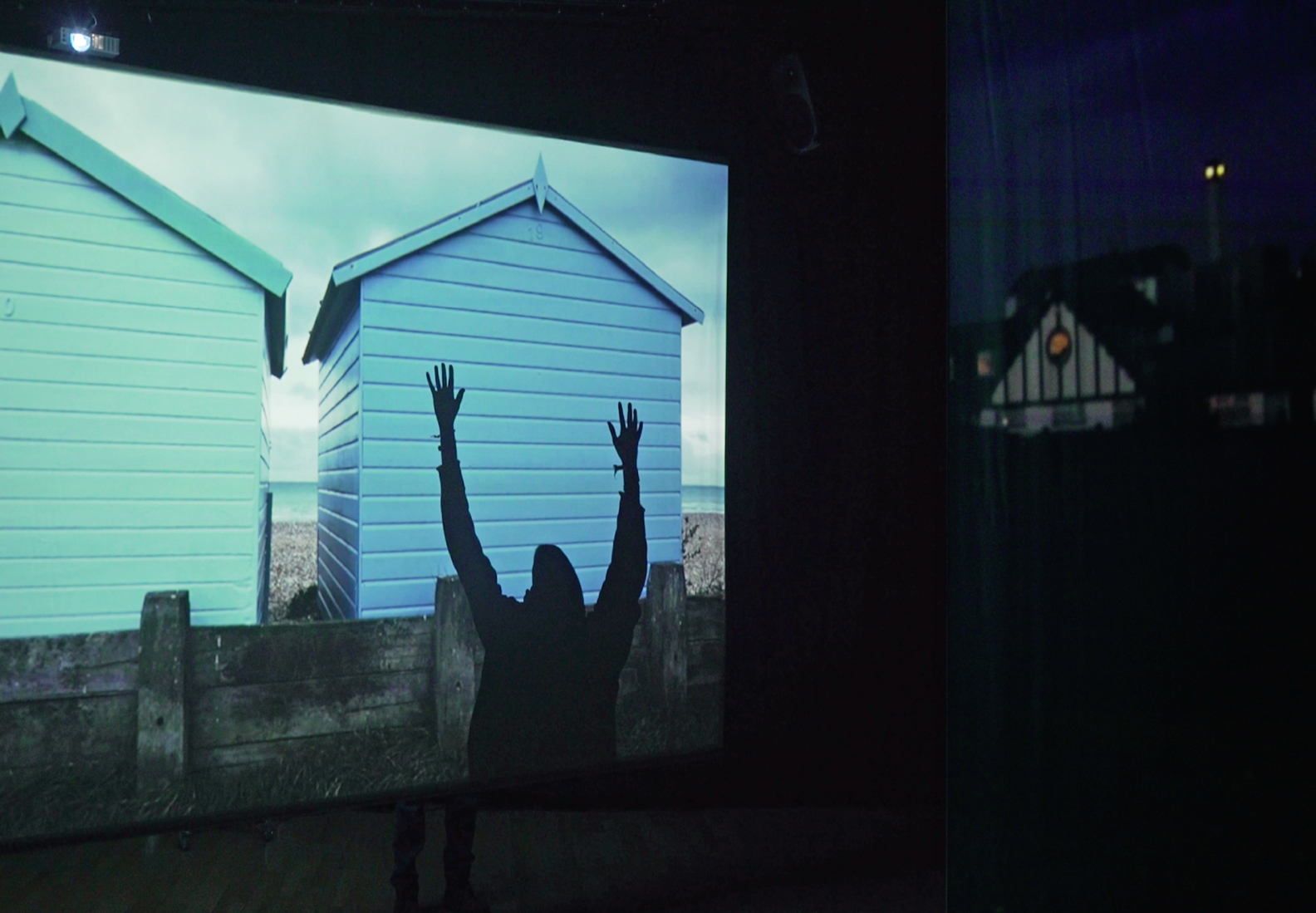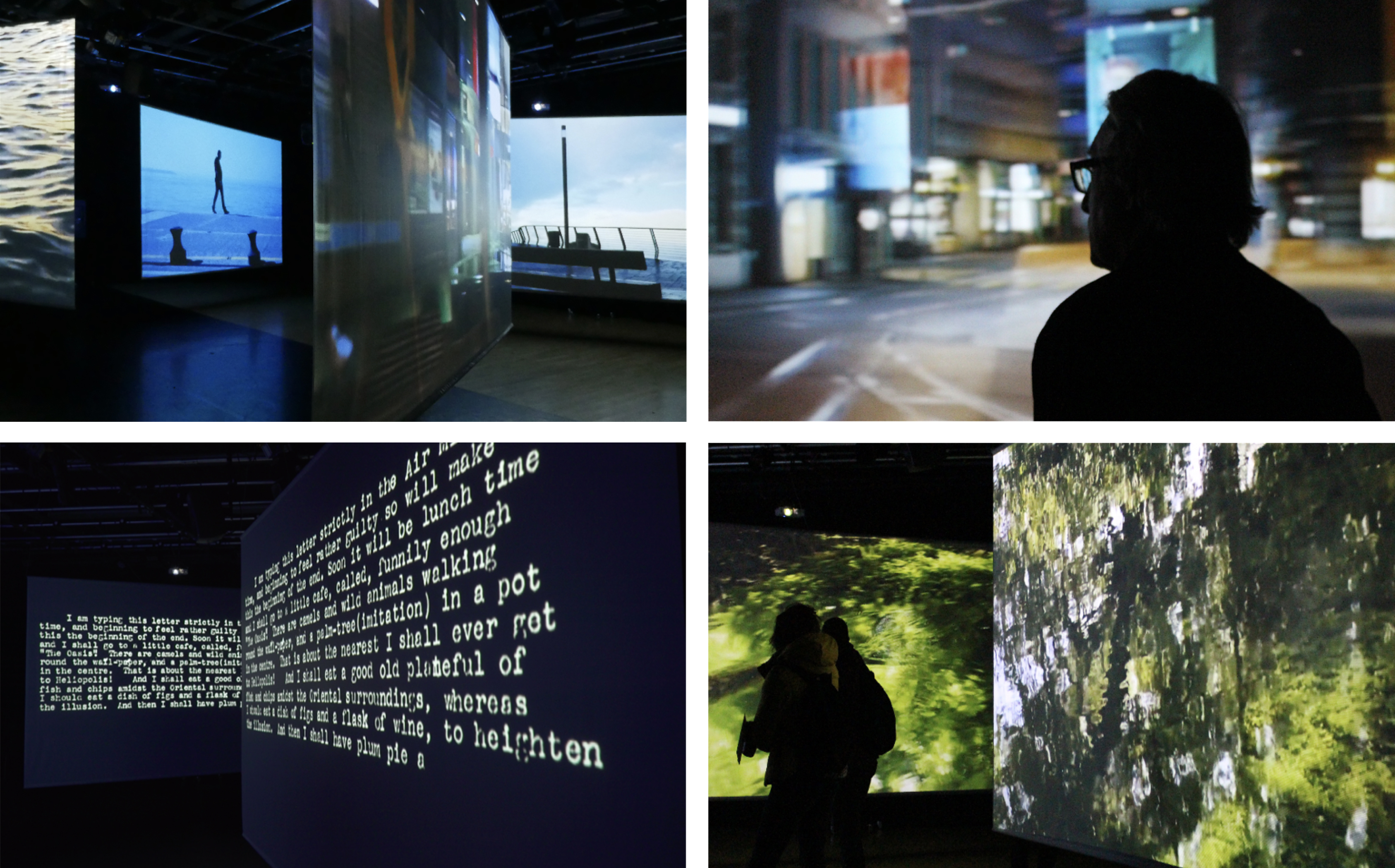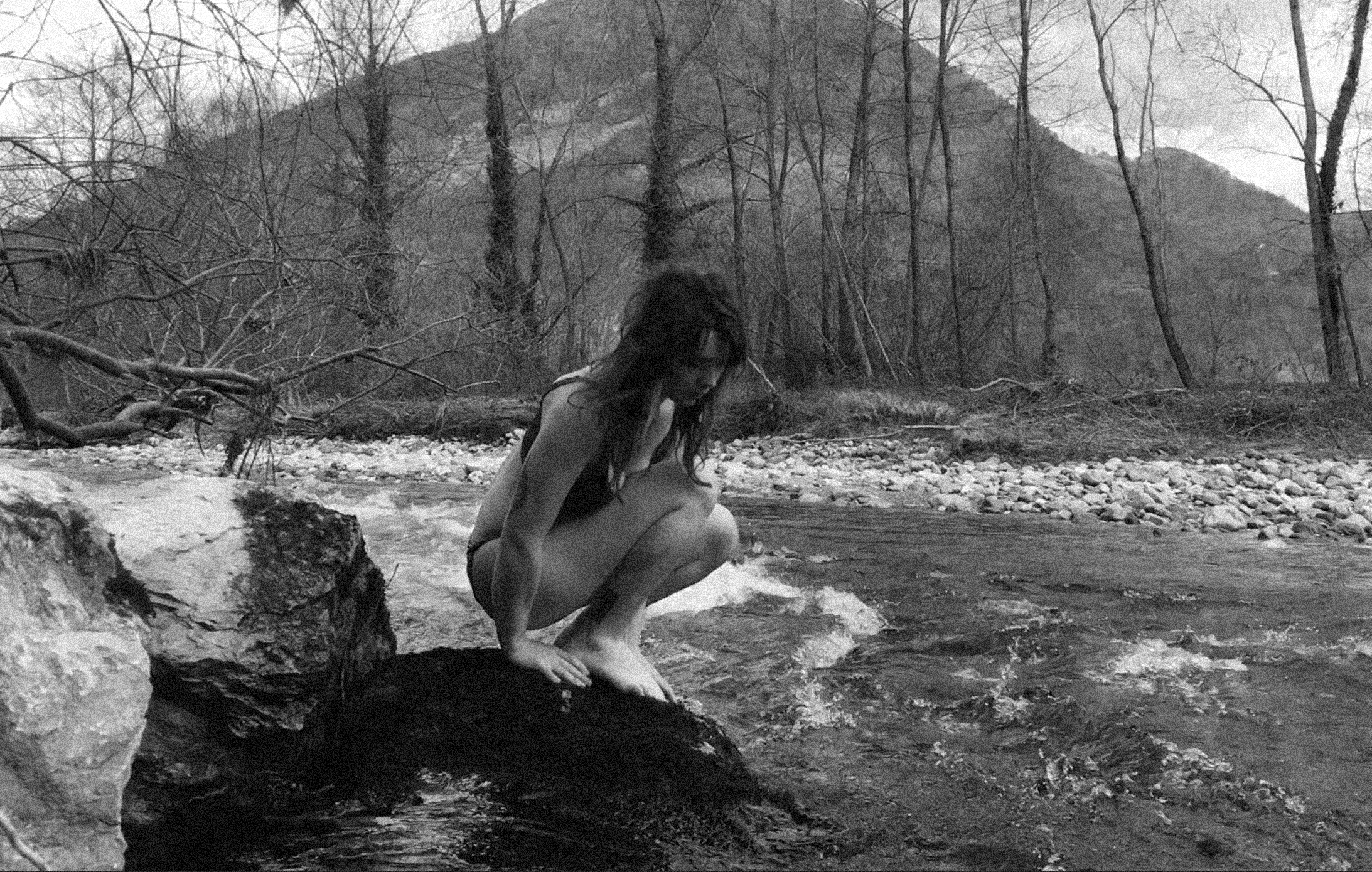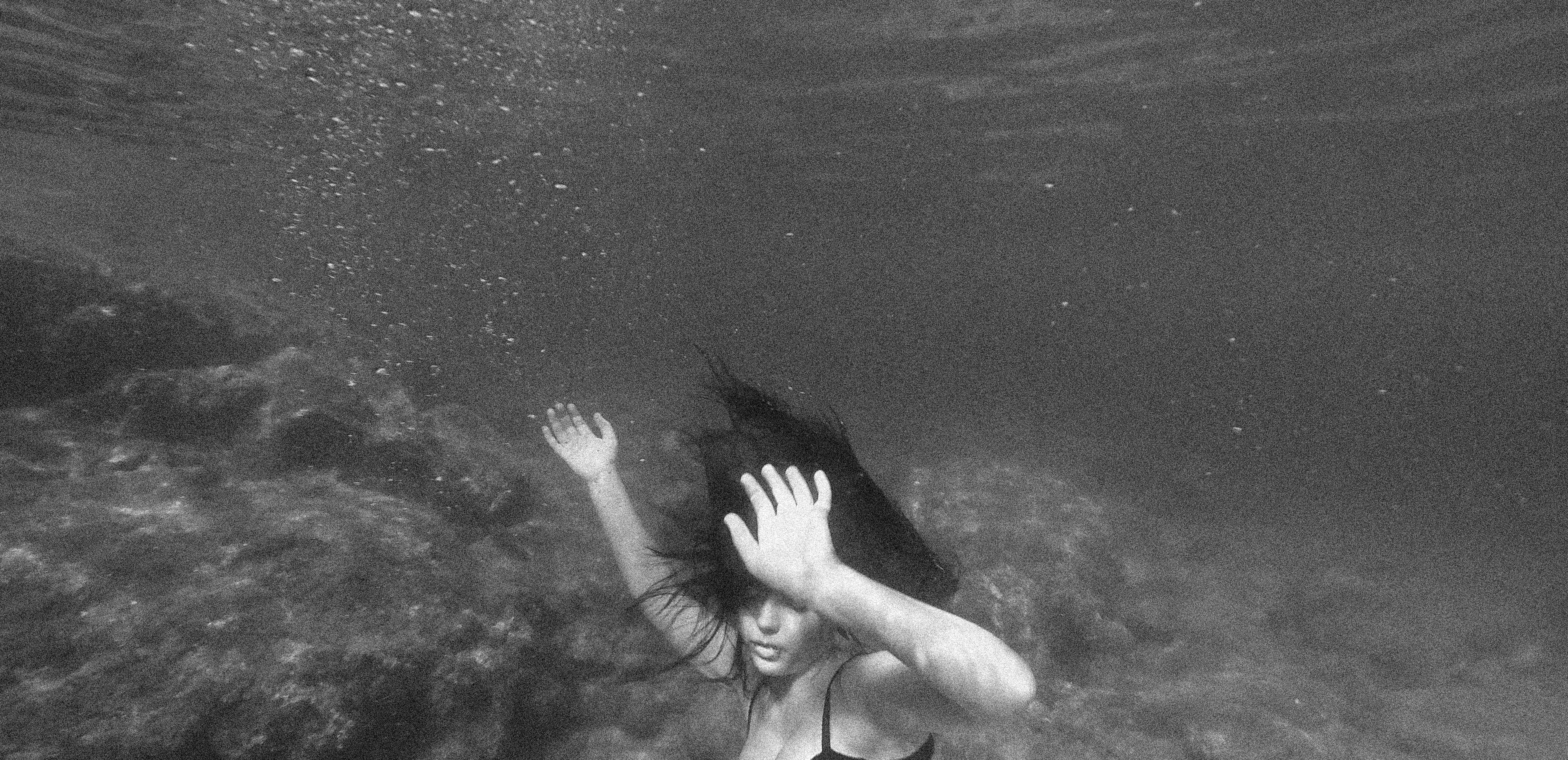Introduction
holt journal for artistic research was co-founded in Spring 2022 with the intent of creating a platform for practice-led research that is situated in artistic practice. This practice-led research is a relatively new form of research that according to Estelle Barrett “... draws on subjective, interdisciplinary and emergent methodologies that have the potential to extend the frontiers of research.”1 It is therefore no coincidence that the common thread in the papers included in our first issue focus on the exploration and development of diverse creative arts research methodologies. In this publication we aim to share not only the outcomes of artistic research but the processes, reflections and methodologies through which these outcomes emerged. This issue aims to contribute to the growing debate and understanding of artistic practice and its capacity to share practice-led experiential and situated methods of knowledge production.
Our first issue entitled Methodologies presents a series of five works. Each of these works explores an emergent methodology situated in artistic practice and provides the context for the contribution to knowledge. Methodology, or the development of methodology, is central to the artist as researcher. In this dual role, the artist/researcher inhabits/embodies their situatedness and develops a methodology specific to the enquiry at hand. “What knowledge can studio based enquiry reveal that may not be revealed by other modes of enquiry?” is a question posed by Estelle Barrett, which this issue seeks to address through a selection of curated papers.2
The methodologies featured in this issue have been developed by creative practitioners working across different fields of enquiry, but what they have in common is the creative means of sharing their research through an exegesis (the writing with and around) of the practice. The exegesis develops alongside the practice through studio-based enquiry and reflection, it emerges in tandem and forms an integral part of the artistic research process. The exegesis does not solely explain the practice but also works to present a context for the knowledge created through practice. Neither are presented alone but work in tandem to allow an experience of the practice on the page alongside images and links to sound and video documentation, offering a more rounded and situated experience of the artistic research. . .
Notes:
1 Estelle Barrett, ‘Introduction’, in Practice as Research: Approaches to Creative Arts Enquiry (London: Bloomsbury Visual Arts, 2019), 1.
2 Ibid, n.p.
Read the full Introduction here
Perhaps this scheme will enable us to hear more often from each other
A poetic spatial-visual-sonic journey
Asher Arnon
The work Perhaps this scheme will enable us to hear more often from each other is the major of four audiovisual compositions of an interdisciplinary practice-based PhD research portfolio. The research – Visual Music Strategies and the Sense of Place – explores concepts and creative methods by relating strategies of visual music to the notion of sense of place within a broader inquiry regarding place representation by spatial, visual and sonic means. Conceived and realised as a large-scale audiovisual installation, Perhaps this scheme demonstrates varying angles of the research regarding issues of space, time, place, situation and being. It also suggests a new way to tell stories of places by fusion of a documentary journey narrative with music-oriented compositional approaches embedded within an installation setup.
The work contributes to existing practical and theoretical knowledge relevant to the disciplines it encompasses. From the sense of place angle, it demonstrates diverse possibilities of employing visual music considerations in audiovisual representations of places. From the visual music perspective, in its explicit documentary and referential approach, the work challenges traditional conceptions of visual music as an abstract nonrepresentational artform, thus adding to its discourse and palette of practical application.
The work contributes to existing practical and theoretical knowledge relevant to the disciplines it encompasses. From the sense of place angle, it demonstrates diverse possibilities of employing visual music considerations in audiovisual representations of places. From the visual music perspective, in its explicit documentary and referential approach, the work challenges traditional conceptions of visual music as an abstract nonrepresentational artform, thus adding to its discourse and palette of practical application.


Tail of the Real:
A Visual Response to the Chained Woman in Xuzhou
Charlotte Yao
In February 2021, the story of a mother of eight children found chained in a shack with single layered cloth in the winter went viral on the Chinese social network. Despite the outraged and terrified response towards this seeming human-trafficking, forced pregnancy, and imprisonment crime, the government’s handling of this incident was rather frustrating. Numerous investigation reports issued by police were questioned, iron walls were pulled up around the village to bar investigators, hashtags about this incident were removed, and reporters and activists were caught. As similar cases happen again and again, how to survive under such turmoil becomes an urgent concern. My practice examines ways of establishing empathetic connections through covert communication channels in the midst of such predicament both to support and to confront. Working with moving image, this research by practice project utilises appropriation and montage as methods to explore narratives of constraint, fear, violence and freedom through a feminist lens. Found video clips sourced from YouTube are cut and layered with sound and voice to create powerful, emotive fragments – a plane flaps its wings and falls gracefully from the sky in slow motion, grasped without a sound in the midst of fear. Although the establishment of empathic connections through covert communication channels is a relatively passive form of resistance, it helps to get messages out under the censorship and stigmatisation enforced by patriarchal authoritarian parties, fostering solidarity and support.
THE GLACIER and LISTENING
Excerpts from a river beneath a river
Luka Indra Ver Elst

I wrote this book in the past year which is a collection of writings in my journey from the source of a river to its mouthing by foot. But also the journey in reading and writing about ecological awareness and my changing relationship to natural environments. It is a practice-led research on my love for being in the water as well as ‘within sound’, the comparison between those two and how water can connect humans to other than human life forms. The book is a translation of the research I have been undertaking as well as part of the performance in which I with a few fellow performers try to mimick and respond to the sounds I recorded on the walk. This performance constituted of different speakers directed to the audience, that at specific, short moments resounded the sounds we were listening to on our headphones.

Intangible Materialities: Exploring the unseen in practice based research
Ben Dixon, Ben McDonnell and Molly Pardoe


This paper draws together the seemingly disparate practices of painting, field recording and music transcription. We suggest that these exploratory, practice based research methodologies can be used to reveal, listen to and deepen the materiality of “intra-actions” that these practices comprise (Barad, 2007). We seek to embody this through a co-authored iteration of our combined process that highlights material practices and dialogue emerging from our research community.
Ben Dixon, Ben McDonnell and Molly Pardoe met on the Art Practice and Learning PhD programme at Goldsmiths University, London. Through sharing a studio, performing crits and speaking conferences together they are starting to articulate the individual elements of the practice through a meta dialogue around practice, new materialism, looking and listening.
Ben Dixon, Ben McDonnell and Molly Pardoe met on the Art Practice and Learning PhD programme at Goldsmiths University, London. Through sharing a studio, performing crits and speaking conferences together they are starting to articulate the individual elements of the practice through a meta dialogue around practice, new materialism, looking and listening.

